The iPad Pro is Apple's flagship iPad targeted at professional and prosumer users alike. It is available in two sizes: an 11-inch iPad Pro and 13-inch iPad Pro. They are compatible with the Apple Pencil and Magic Keyboard.
The iPad Pro can function as a tablet, laptop replacement, or even a desktop with a dedicated monitor depending on your personal use case. A feature in macOS called Sidecar transforms any iPad into an external display for the Mac. A feature introduced in macOS Monterey called Universal Control takes this functionality even further by letting a Mac control multiple iPads and Macs at once.
Common uses for Apple's tablets include watching videos, reading books and magazines, taking notes, making video calls, and general web browsing. Its portability and power have made it popular with college students and those who frequently travel. It is also a powerful dedicated drawing tablet thanks to the Apple Pencil.
As its name suggests, the iPad Pro is capable of professional work. However, its mobile operating system still falls short for some customers. This applies especially to those who need to perform complex tasks, require specific apps that aren't on iPadOS, or create apps in Xcode.
Despite demand from vocal iPad Pro users, Apple still hasn't addressed many of the more common pain points found in iPadOS. For example, recording a podcast remotely isn't a straightforward task, plus some apps just don't exist on the platform due to artificial limitations.
M5 iPad Pro
Rumors around the iPad Pro with M5 place the release in 2025, but the window keeps slipping. The device was expected initially in the first half of the year, but now it may not arrive until Apple reveals the M5 MacBook Pro.
An M5 processor would likely be the only significant change to the product line. The M4 models were redesigned to be thinner and lighter with OLED displays, so Apple isn't likely to do much externally for M5.
Apple Intelligence continues to be a major focus for Apple, so expect M5 to contribute to that. More RAM is also possible, as iPhone 17 Pro is expected to have 12GB, so iPad Pro could step up to 12GB and 24GB based on storage tiers.
Evolution
Reviewers and the general public have praised all generations of the pro models. The most common criticism is their premium cost. By the time you've added accessories, its price can be greater than or equal to a base MacBook Air or even MacBook Pro.
Apple threw customers a curveball when it began updating iPad Air with M-series processors. While those who already own an iPad Pro will not move to the iPad Air, it rivals the pro-level tablet in several important ways.
Similarities include a similar full-screen design and support for the Magic Keyboard and second-generation Apple Pencil. Both product lines are available in 11-inch and 13-inch sizes.
Compared to the iPad Air, the pro-level iPads boast better performance with M4, ProMotion, and Face ID. The rift between product lines expanded somewhat in 2024 since the updated iPad Pro models are thinner, have OLED displays, and support a different Magic Keyboard.
Customers that want the best technology, more storage, and the latest accessories will need to choose iPad Pro.
Pricing and Release
The latest 11-inch and 13-inch iPad Pro models were announced in early 2024. They start at $999 for the 11-inch version and $1,299 for the 13-inch model.
Apple Pencil
The Apple Pencil is an Apple-developed wireless stylus that works with various iPad models. It is a low-latency stylus with pressure sensitivity and angle detection. The iPad will reject a user's palm input when using the Apple Pencil.
The first-generation Apple Pencil was released alongside the first-generation iPad Pro in 2015. It connects to compatible iPad models via Bluetooth and can be charged using the iPad's Lightning port or a Lightning cable when used with the included adapter. The Apple Pencil will last for roughly 12 hours on a full charge. Fifteen seconds of charging time enable the Apple Pencil to perform for up to 30 minutes.
The second-generation Apple Pencil has a flat side and uses conductive charging in place of a Lightning connector. It attaches to the flat side of an iPad and pairs utilizing that connection. A double-tap gesture can be used to switch tools in some compatible apps.
Apple moved to a new landscape-oriented selfie camera in iPads, which required new Apple Pencil models. The Apple Pencil Pro introduces new features like haptics, barrel roll, and a squeeze gesture. The USB-C model takes over as a new budget option with USB-C charging.
iPadOS
The iPad operating system has seen several significant upgrades since it was first introduced with iPadOS 13.1 in 2019. It appeared as if Apple wanted to further differentiate the tablet line with pro features, but instead, the most significant differences between iOS and iPadOS so far are related to the tablet form factor.
Some users have requested that Apple skip iPadOS and go straight to macOS, or create some hybrid of the two. Those that can't get their work done on iPad believe Apple is artificially limiting the device by locking it down.
With each new iteration of iPad Pro hardware and iPadOS software, Apple has opened up the operating system to be more advanced. External monitor support, Stage Manager, external drive support, Thunderbolt, and cursor support leveled up the iPad Pro meaningfully with each feature.
iPadOS 18 is yet another iterative update with a focus on iOS 18 features like new customization options and changes to system apps. The most significant upgrade is with Apple Intelligence, which is Apple's version of AI that can run on any M-series processor.
The iPad-focused features of iPadOS 18 include handwriting recognition and Math Notes. Algorithms learn the user's handwriting and can reproduce it when autocorrecting handwritten text. Users can also write out math equations and see answers auto-populate in their handwriting.
Apple Intelligence
Every iPad with an M-series chip can run Apple's take on artificial intelligence — Apple Intelligence. It is an on-device system that uses large language models and generative technologies for editing text, photos, or providing summaries.
The initial launch of Apple Intelligence included Writing Tools, system-wide summaries, and Photos Clean Up, among other smaller features. The rollout of the features initially revealed during WWDC 2024 will take all year, culminating in in WWDC 2025.
Apple released iPadOS 18.2 in December 2024 with Image Playground, ChatGPT integration, and Genmoji. It also refined existing AI features with more tools and polished the overall experience.
There isn't anything new in iPadOS 18.3 beyond minor refinements as Apple prepares for the next big release. The iPadOS 18.4 update is expected to include the new app intents system that will provide Apple Intelligence access to in-app data and what is shown on display.
Seventh-generation (2024)
After releasing no new iPad hardware in 2023, Apple finally revealed the 11-inch iPad Pro and 13-inch iPad Pro with the M4 chip in May 2024. They both have tandem OLED displays, which are two oled panels stacked atop each other, with thinner chassis designs and new accessories.
Many features returned, like ProMotion, Thunderbolt/USB 4, and the 12MP Main Camera with LiDAR. Apple removed the Ultra Wide Camera and prioritized the single rear camera.
The selfie camera moved to the landscape side of the iPad Pro, which necessitated an update to the Apple Pencil charging system. Apple Pencil Pro supports the new charging mechanism.
The M4 processor was a big surprise as it was introduced before the M3 Ultra's expected reveal. It is built on an improved 3nm process and brings improved processing cores along with the new GPU architecture introduced with M3. Apple skipped M3 Ultra entirely.
A new nano-texture glass option is available for select models as an upgrade. The nano-texture glass is ideal for high-end color-managed workflows and demanding ambient lighting environments, maintaining image quality and contrast while reducing glare.
Also launched alongside the seventh-generation iPad Pro was the redesigned Magic Keyboard. Like previous iterations, it still features the floating cantilever design, aluminum palm rest, and backlit keyboard. The touchpad, however, is larger, and it fits the new dimensions of the thinner iPad Pro.
Apple rearranged the magnets in the iPad to account for the new design, so older magnetic accessories won't work. Accessory makers jumped onto the new device and quickly iterated with stands, cases, and keyboards for the updated devices.
Read the full review of the 13-inch iPad Pro where specs and features are detailed and the idea behind "pro" in iPad is discussed.
Sixth-generation (2022)
Apple's sixth generation of iPad Pro was a minor spec bump that was announced via a press release in October 2022. Apple moved the tablets to the M2 processor and added a new feature called Apple Pencil hover.
There were very few features included with the updated models beyond the new chipset. Apple says users can now capture ProRes video via the rear camera system thanks to the extra processing power.
Apple included Wi-Fi 6E and Bluetooth 5.3 to bring its connectivity options up to modern standards. The 5G cellular option remains the same.
Apple Pencil hover is a new feature that enables the iPad to detect how far away the Pencil is being held from the display. Third-party apps can build support for the feature to open up new interactions within apps.
iPad Pro (M2) Review
Apple once again updated the iPad Pro hardware with minor changes to its software. The move to M2 boosts performance, though most users won't notice, and Apple Pencil hover is a novel feature.
The M2 processor is the same no matter the device, coupled with up to 16GB of RAM. That means users get the same power and efficiency found in the 13-inch MacBook Pro packed into a thin tablet.
The camera system hasn't changed, but the neural engine and image signal processor's power in the M2 processor means better video than ever. Users can now take advantage of the ProRes video format for uncompressed recording.
The selfie camera remains in its portrait-oriented location with a 122-degree field of view. Center Stage is still here, and nothing was updated about the camera sensor.
Thunderbolt was also unchanged in the 2022 models. The 40Gbps data transfer and compatibility with Thunderbolt peripherals remain.
Apple Pencil hover adds a new dimension to device interactions, though developers will need to add support. The implementation is well done, as the reactive UI responds well in different cases.
We think the Liquid Retina XDR display makes content pop on the 12.9-inch iPad Pro. With localized dimming across the 10,000 mini LED backlights, this display can achieve a 1,000,000:1 contrast ratio.
Apple didn't bring this stunning display to the 11-inch model despite the generational update. Display specs, form factor, ports, speakers, and cameras remain indistinguishable from the previous generation.
New connectivity versions are welcome, as these iPads get Wi-Fi 6E and Bluetooth 5.3. These upgrades are minimal, but offers some sense of future-proofing.
With each iteration, the iPad Pro gets more powerful and more capable. However, we believe Apple still needs to introduce pro-level software like Final Cut or Logic Pro to leverage this power.
Six month update (M2)
We continue to find it difficult to justify the power of the M2 and additional features over previous, cheaper models. Apple hasn't brought any of its professional tools to iPad Pro, so it seems developers don't have a lot of incentive to do so themselves.
The introduction of apps like DaVinci Resolve improve the number of use cases that the iPad can cover, but it still lacks some functionality found on Mac.
We're looking forward to a future design update and mini LED on the 11-inch model.
Read more in the full review — 2022 iPad Pro M2 review: Six months later, powerful and still stale
Fifth-generation (2021)
Apple unveiled the fifth-generation 11-inch iPad Pro and 12.9-inch iPad Pro at its “Spring Loaded” event in April 2021. Like previous generations, it ships in two sizes. However, some advanced hardware is exclusive to the larger model.
Both models upgraded to Apple’s powerful M1 processor. The chip’s benchmarks outscore all Intel MacBooks and most Intel desktop Macs. The eight-core processor and eight-core GPU will combine to provide a significant performance boost over the A-series chips in earlier models.
Apple's 12.9-inch iPad Pro differs from the smaller model with a new display, which Apple refers to as Liquid Retina XDR. For this iteration, Apple is using mini LED technology.
Housing 10,000 mini LEDs behind its 12.9-inch screen, it uses considerably more light sources than the 72 LEDs used in the previous model. Overall, the display can output 1,000 nits of full-screen brightness and 1,600 nits of peak brightness.
The advantage of the technology is similar to the Pro Display XDR's system of local dimming zones, but the iPad Pro goes further still. Using the sheer number of mini LEDs, it has 2,596 local dimming zones, enabling a 1 million to 1 contrast ratio.
As well as the improvements to the display, the 12.9-inch model has the same screen features as the 11-inch, including ProMotion, True Tone, and P3 wide color support. Naturally, it is higher-resolution than its stablemate at 2,732 by 2,048 pixels, giving it a pixel density of 264ppi.
A Thunderbolt 3 port is in the base, enabling it to connect to external devices up to 40Gbps. The connection also includes support for USB 4.
The updates also extend to having 5G connectivity, bringing them in line with the iPhone 12 in providing faster cellular Internet access to users.
Fourth-generation (2020)
Apple announced the fourth-generation iPad Pro in March 2020 with new updates to its cameras and processors. The two sizes come with up to 1TB of internal storage and a cellular option.
The A12Z Bionic processor was optimized for more powerful graphical applications and better AI for camera operations. The eight-core GPU and eight-core CPU with improved thermals meant more performance than ever, and all models had 6GB of RAM. Apple said the processor was faster and more efficient than most Windows laptops at the time.
Benchmarks showed a slight improvement in processing and graphical power compared to the A12X. The A12Z is a rebinned version of the A12X, meaning an inactive GPU core is in use now that was not before.
The fourth-generation iPad Pro has a dual-camera system with a built-in LiDAR scanner. A 12MP wide-angle and 10MP ultra wide-angle camera will improve photography and depth capture. The camera system uses a similar sensor to those found in the iPhone XR series of phones, so don't expect iPhone 11 levels of quality and no night mode.
LiDAR can be used for 3D environment mapping to allow AR to be massively improved. The scanner works from up to five meters away and gets results instantly, making AR apps easier to use and more accurate.
There are now five independent studio-quality microphones on the device to capture the best audio possible without extra equipment. While this might be useful for better call quality or recording a quick tune on your guitar, don't expect to launch a Podcast using just the built-in mics.
The wireless capabilities have also improved, with Wi-Fi 6 and improved LTE coverage with 30 bands versus 29 in previous generations. The U1 chip was notably absent from this updated model.
Alongside the new iPad comes a new Magic Keyboard designed to transform the tablet into a laptop. It has a glass trackpad, working with the cursor support Apple added to iPadOS in 2020. It uses a hinge mount to make the tablet appear to float above the keys. It also has a scissor-switch keyboard nearly identical to those on the latest MacBooks. The Magic Keyboard with trackpad works with the third and fourth-generation iPad Pro and the iPad Air 4.
Third-generation (2018)
Apple announced its third-generation pro tablet announced during a 2018 Special Event. It included the classic 12.9-inch size and an 11-inch model that would replace the second generation's 10.5-inch model.
Both devices received a new edge-to-edge Liquid Retina display, ProMotion with a 120Hz screen refresh rate, improved front and rear cameras, and the Apple A12X Bionic chip.
The third generation was the first to use Face ID and remove Touch ID, like modern iPhones. Face ID on the third-generation iPad Pro can work in any orientation. The tablets also boast tap-to-wake, allowing a user to wake an iPad via touching the screen rather than pressing a physical button.
The third-generation models were also the first iPads to use USB-C ports instead of Apple's proprietary Lightning port.
The maximum storage capacity of the third generation doubled that of the second generation, with a maximum of 1TB of storage possible on both models. Interestingly, installing 1TB of memory will also gain you more RAM, maxing out at 6GB in both models.
The 11-inch model was initially released for $799 for the most basic model, with additional configurations driving the price upward to $1,699. The 12.9-inch model could be bought for $999 at the cheapest, with the one terabyte cellular-enabled model priced at $1,899. Because of reductions in memory pricing across all Apple products since their 2018 launch, the 12.9-inch and 11-inch now max out at $1,499 and $1,699, respectively.
Second-generation (2017)
The second-generation iPad Pro models were announced at Apple's WWDC event in 2017 and saw significant upgrades over their predecessors. Replacing the 9.7-inch model was the new 10.5-inch model, though the 12.9-inch model's size would remain unchanged.
Both second-generation models used an A10X Hex-core CPU and a 12-core GPU, ProMotion display, and a True Tone display that was 50% brighter than the previous models.
The second-generation models also boasted a 12-megapixel rear-facing camera, a 7-megapixel front-facing camera, and storage capacities up to 512 GB.
At launch, the 10.5-inch model started at $649 and could cost as much as $1,079. Depending on the configuration, the 12.9-inch second-generation model could be purchased for as low as $799 or as much as $1299.
The second-generation 12.9-inch iPad Pro was discontinued in October of 2018. Then the 10.5-inch model was later discontinued in March of 2019.
First-generation (2015)
Released on November 11, 2015, the first-generation iPad Pro featured a 12.9-inch display and was available in silver, gold, and space gray. Depending on the size or cellular connectivity, it could be purchased for $799 to $1299.
In March of 2016, Apple released the smaller 9.7-inch model, which featured an additional rose gold color to its line. It was available for $599 to $1129, depending on the buyer's chosen configuration.
Both models included Apple's A9X system-on-a-chip and the Apple M9 motion co-processor, and both featured Touch ID and Retina Display. A smart connector allowed users to connect Apple's Smart Keyboard, and both models were compatible with the first generation Apple Pencil.
Apple discontinued both first-generation iPad Pros in June of 2017.
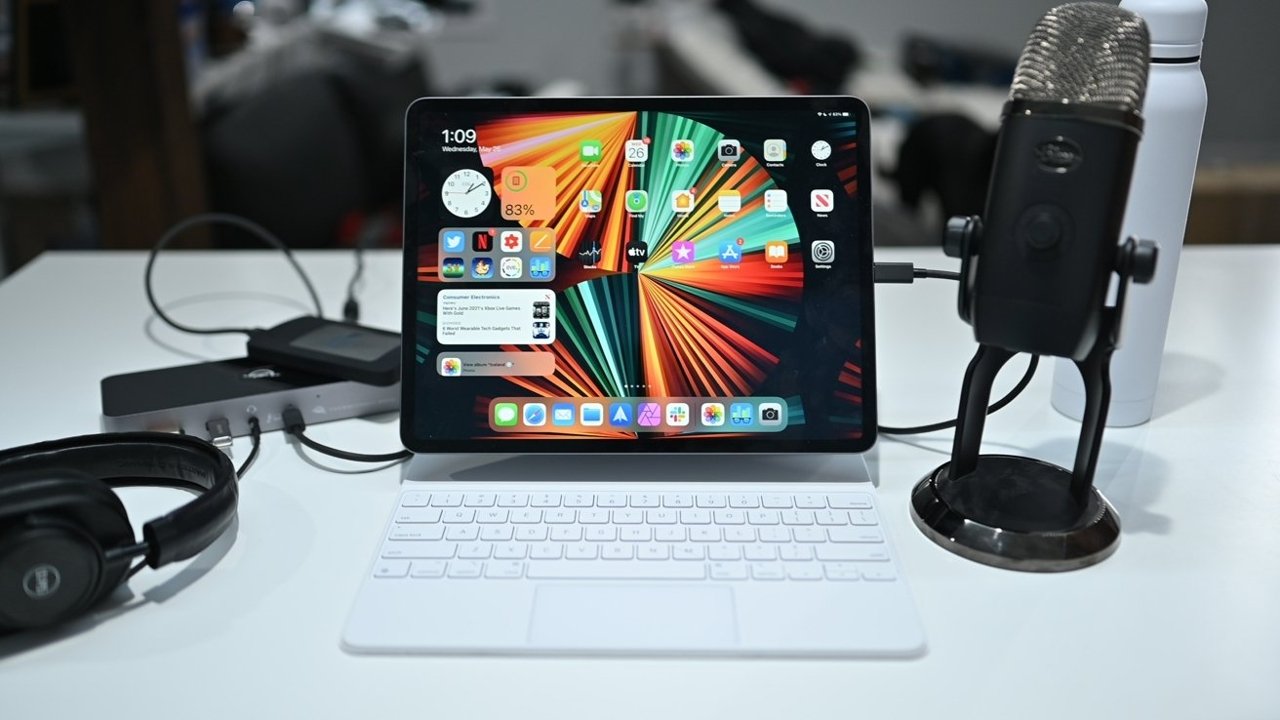
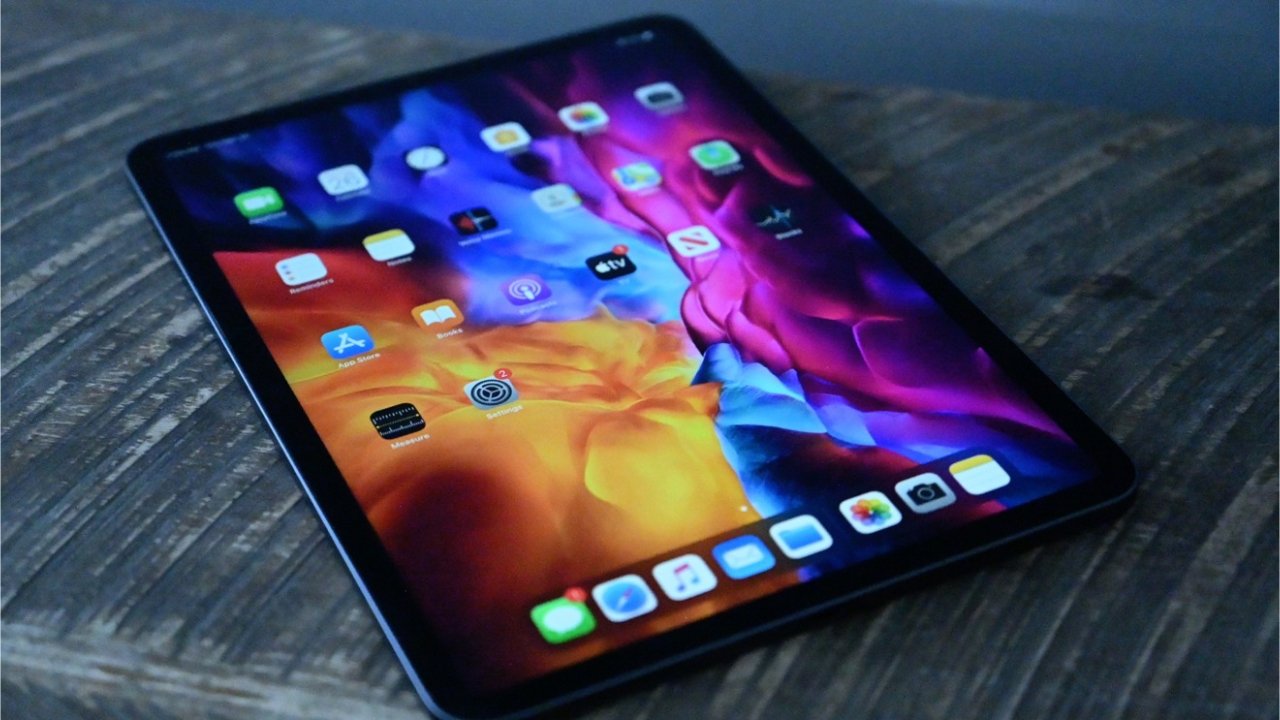
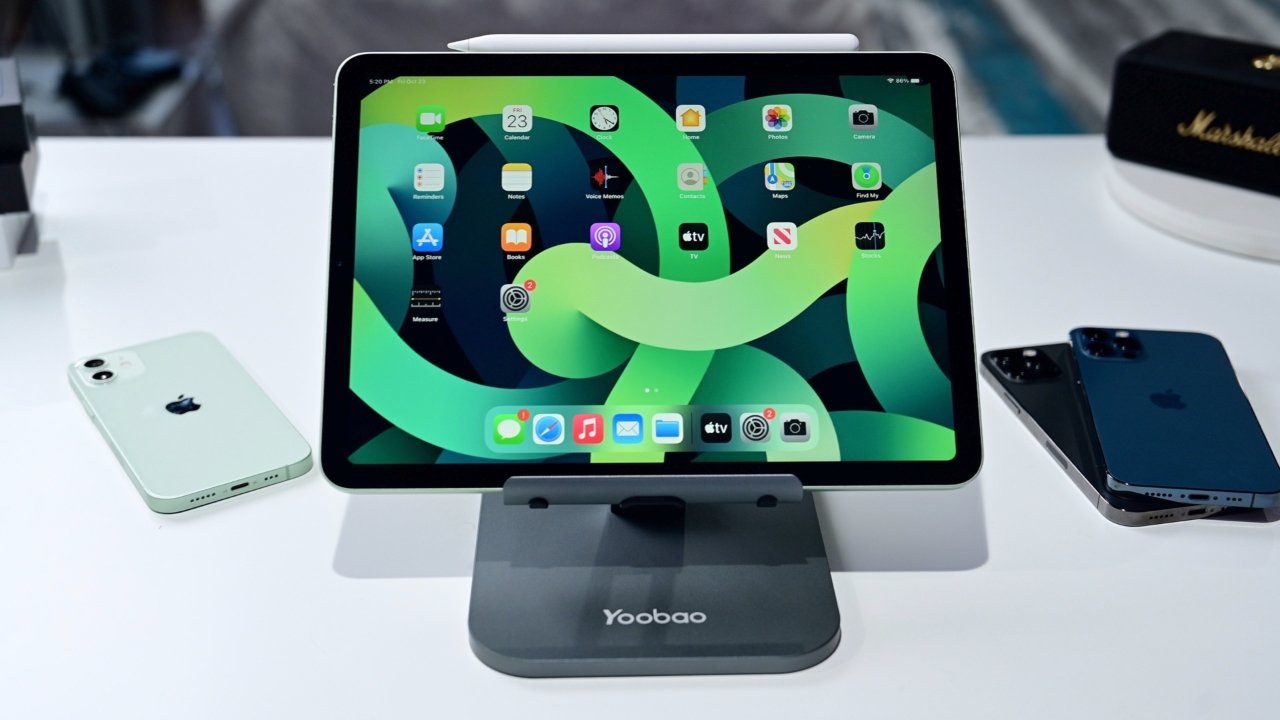
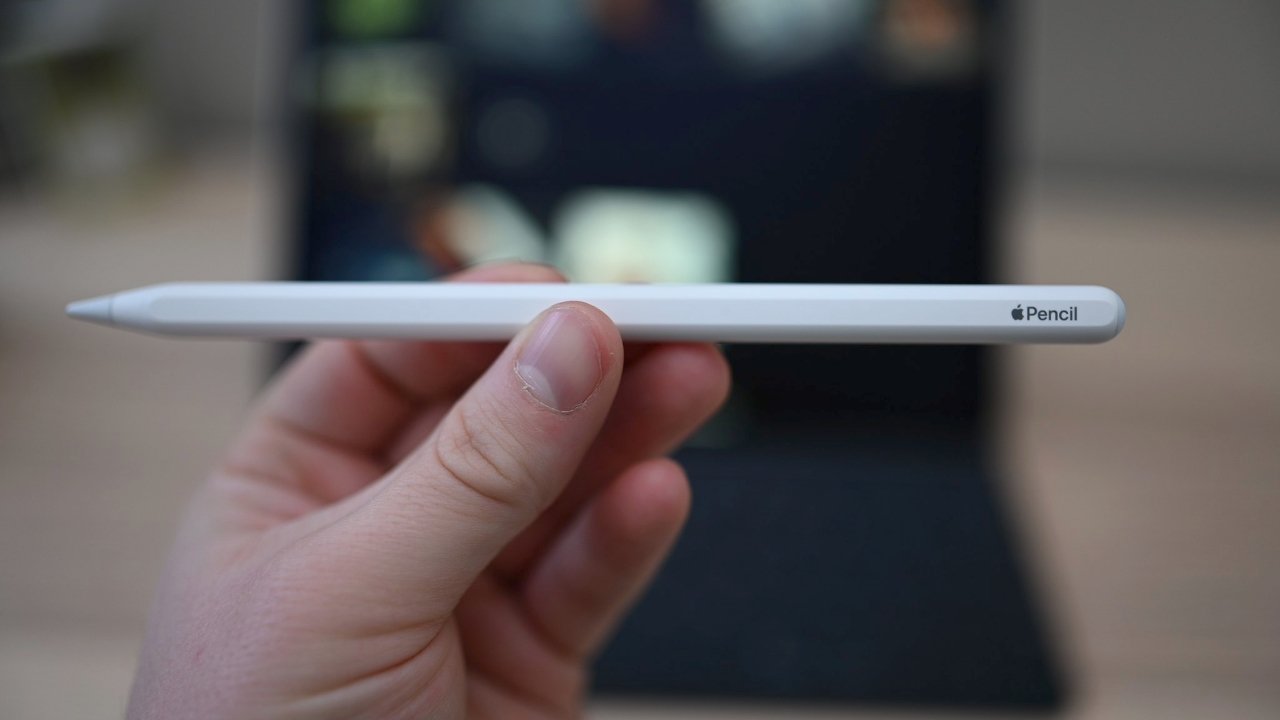
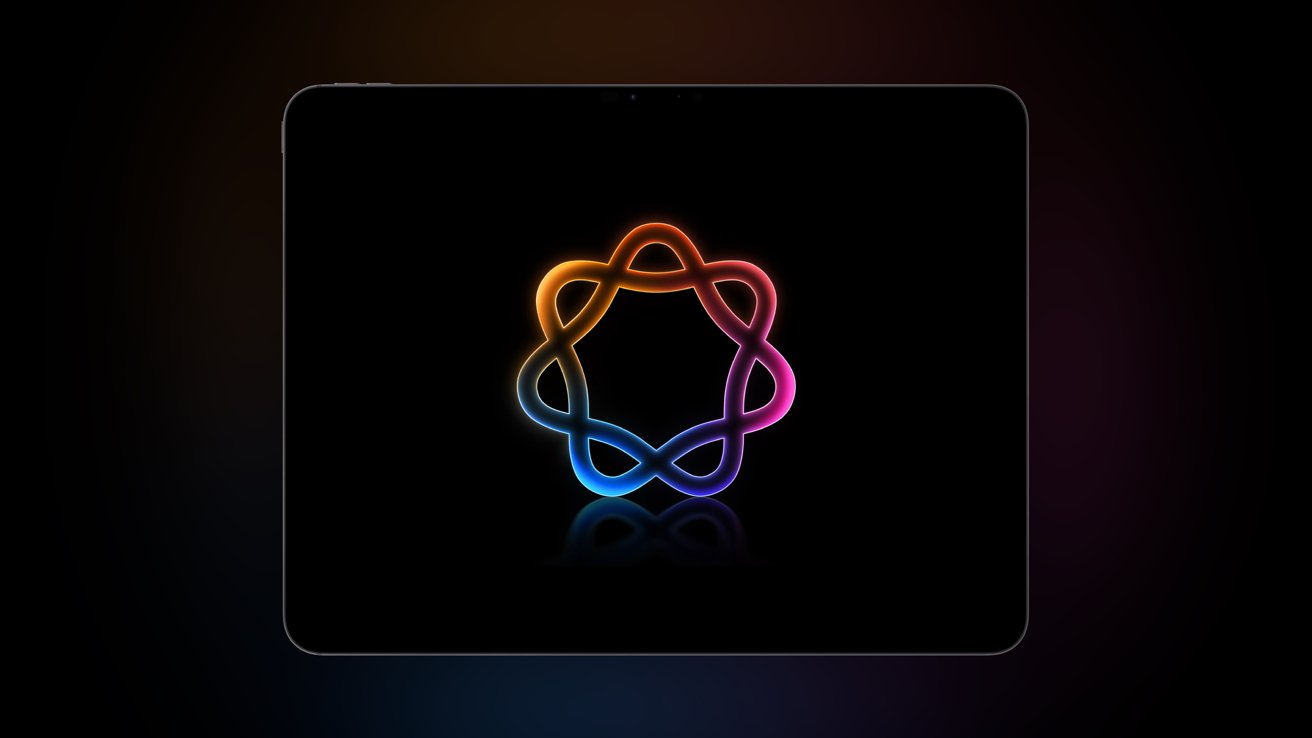
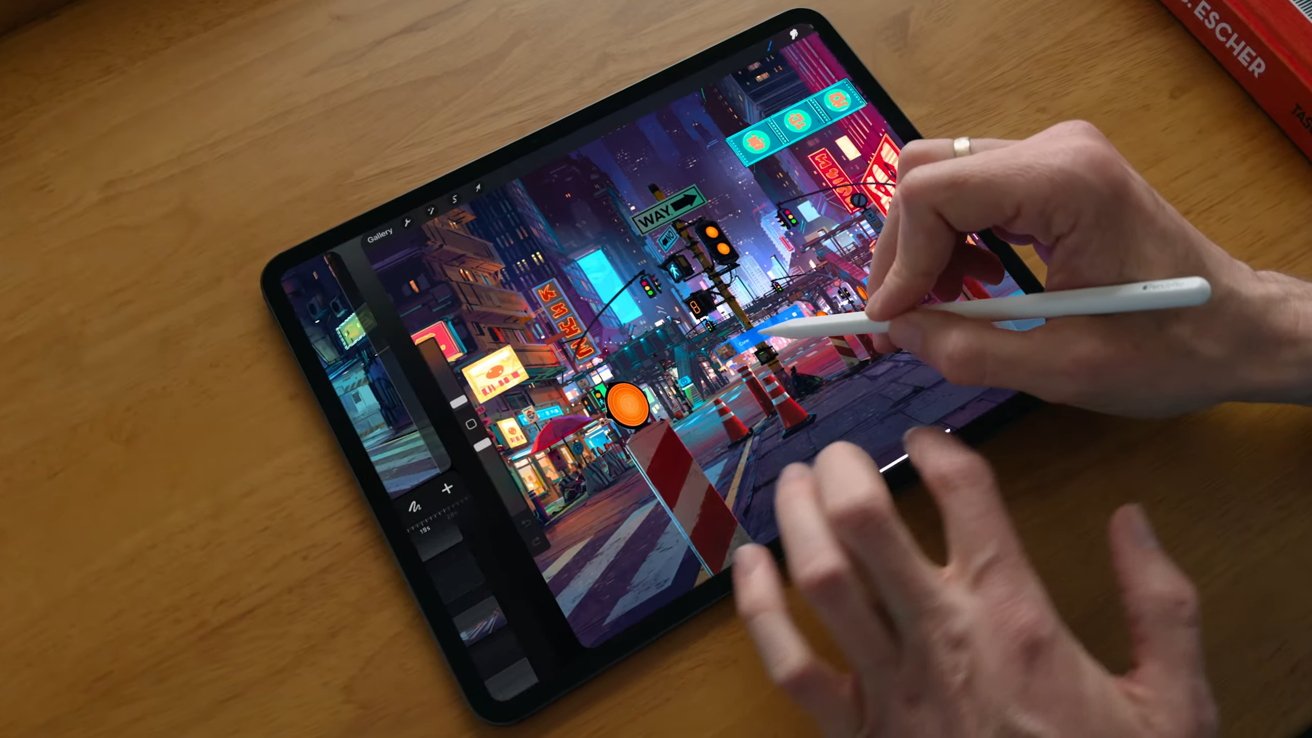
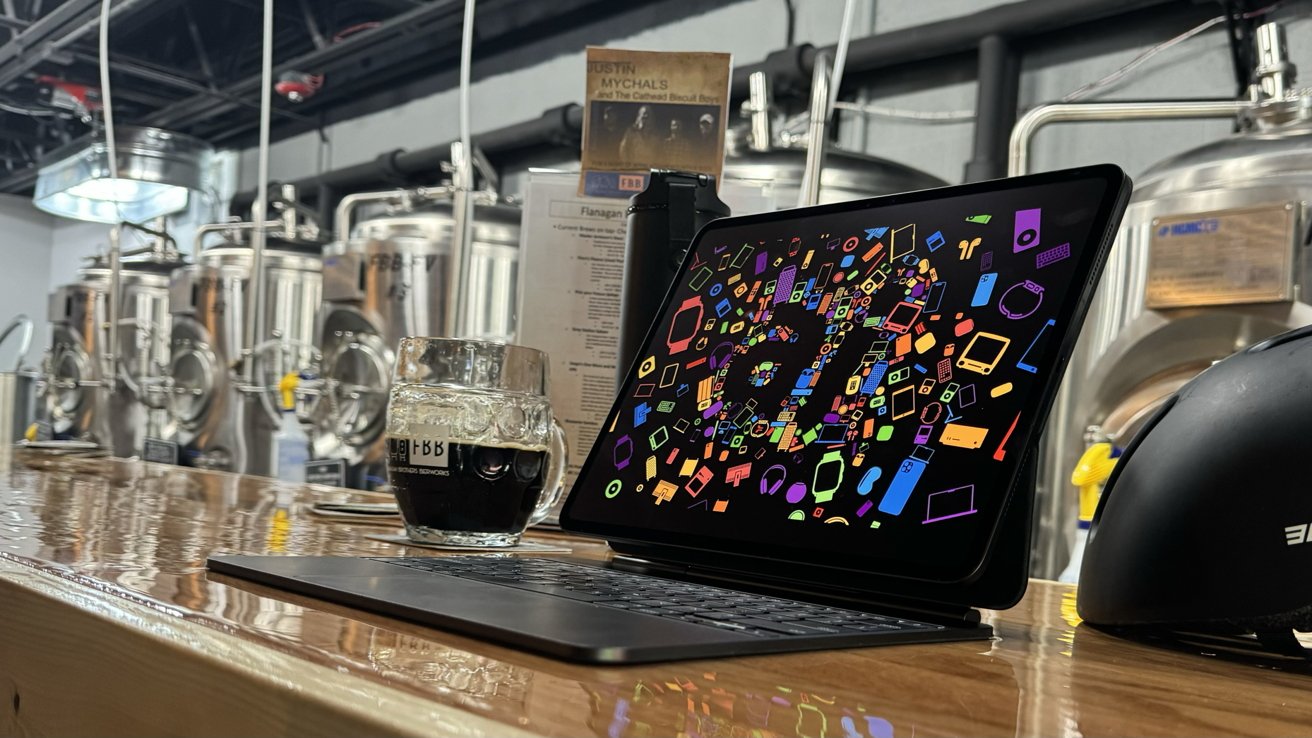
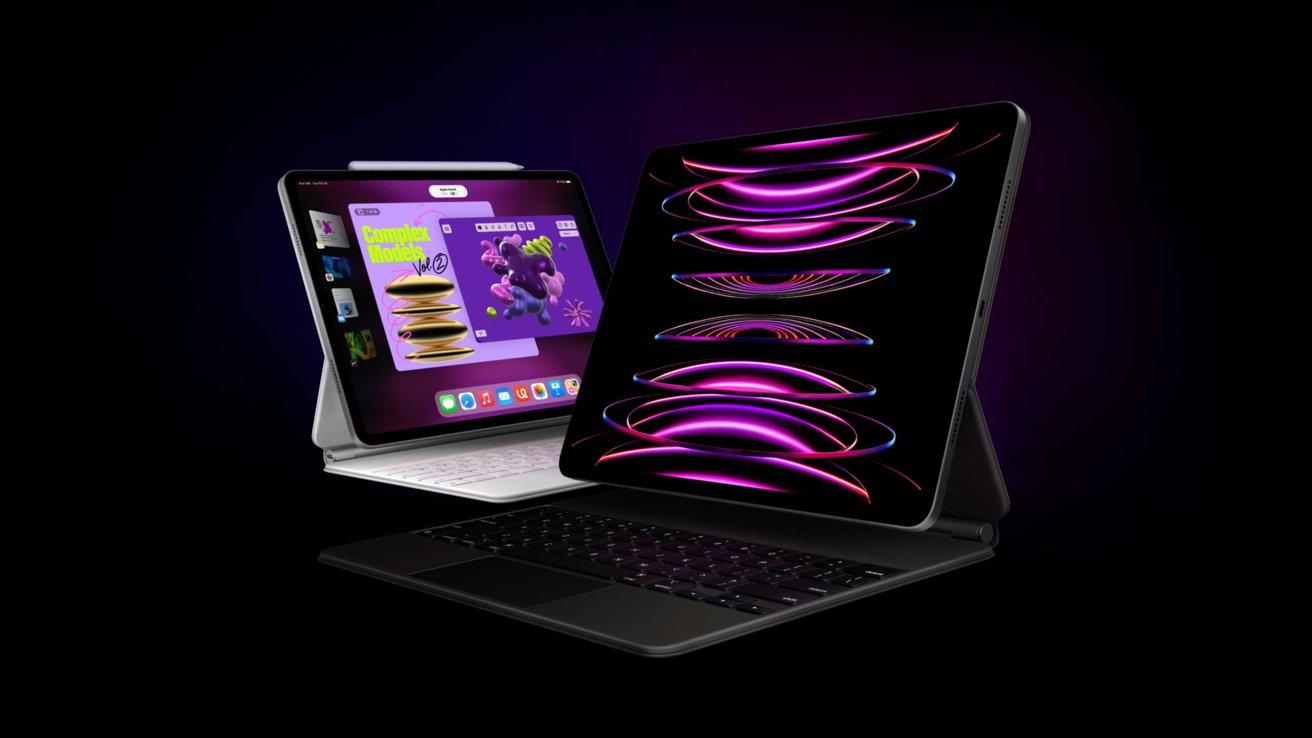
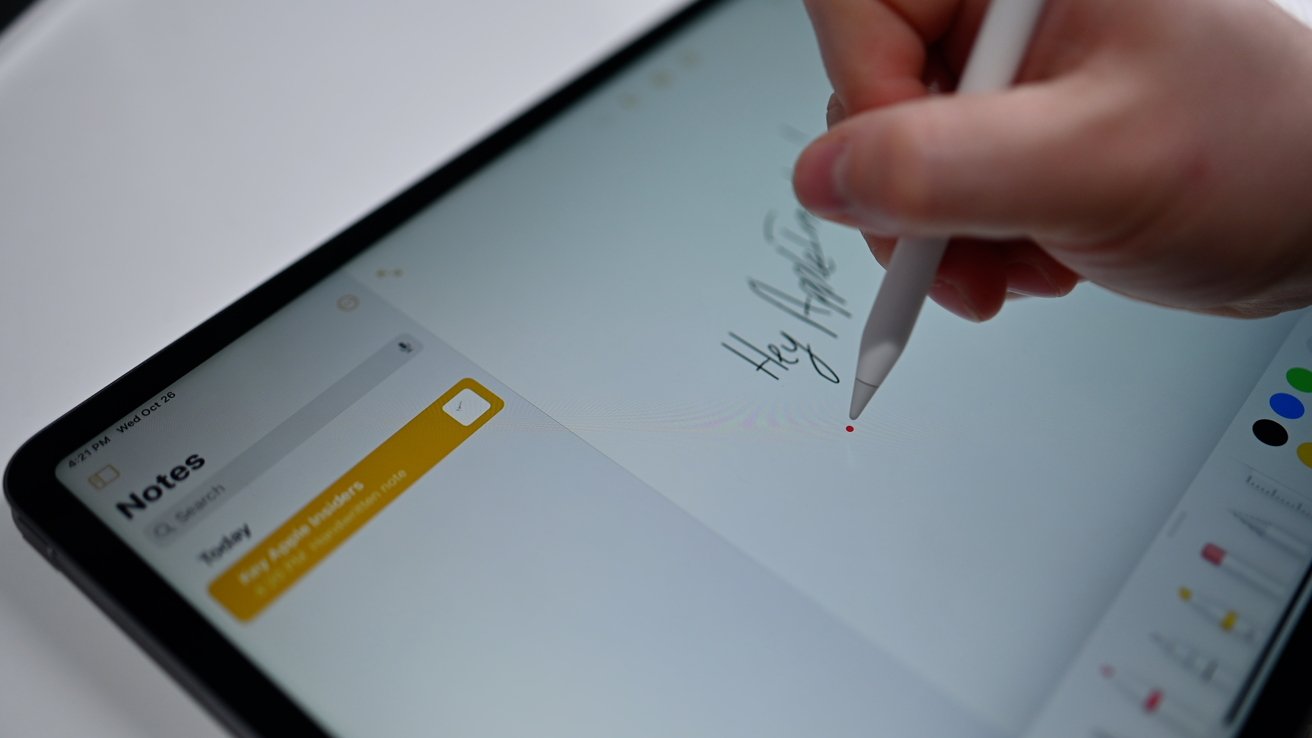
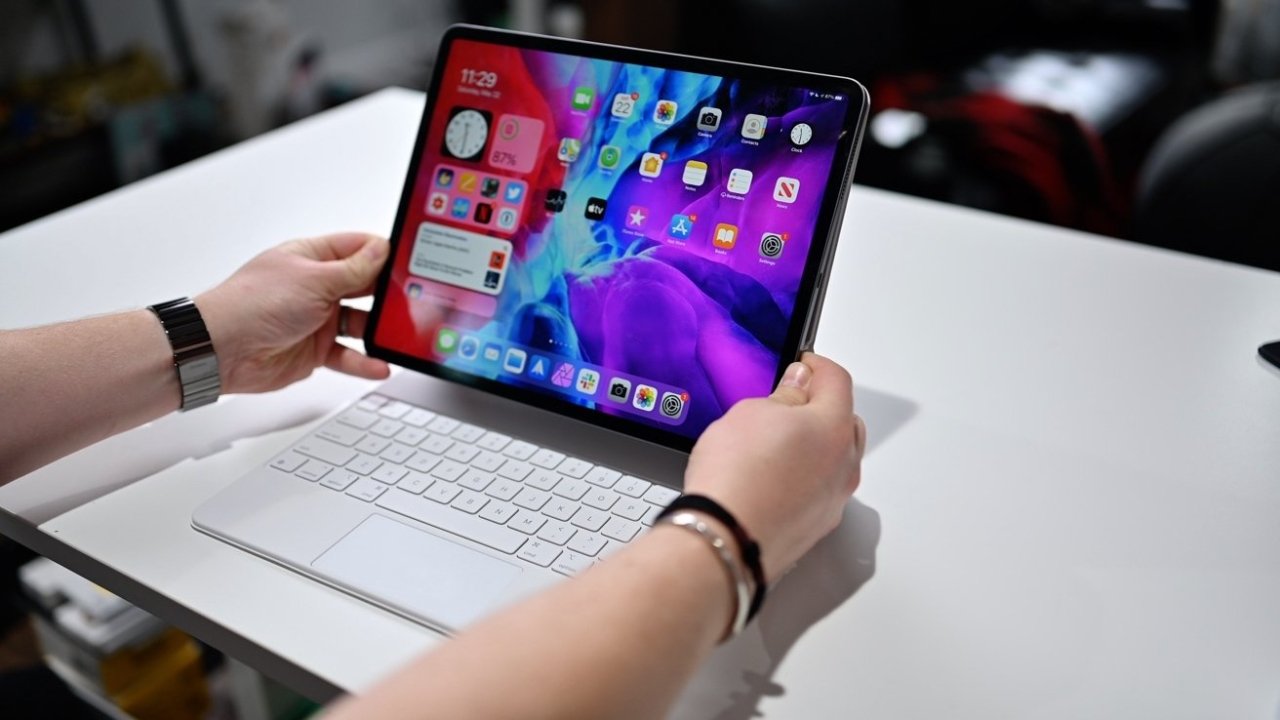
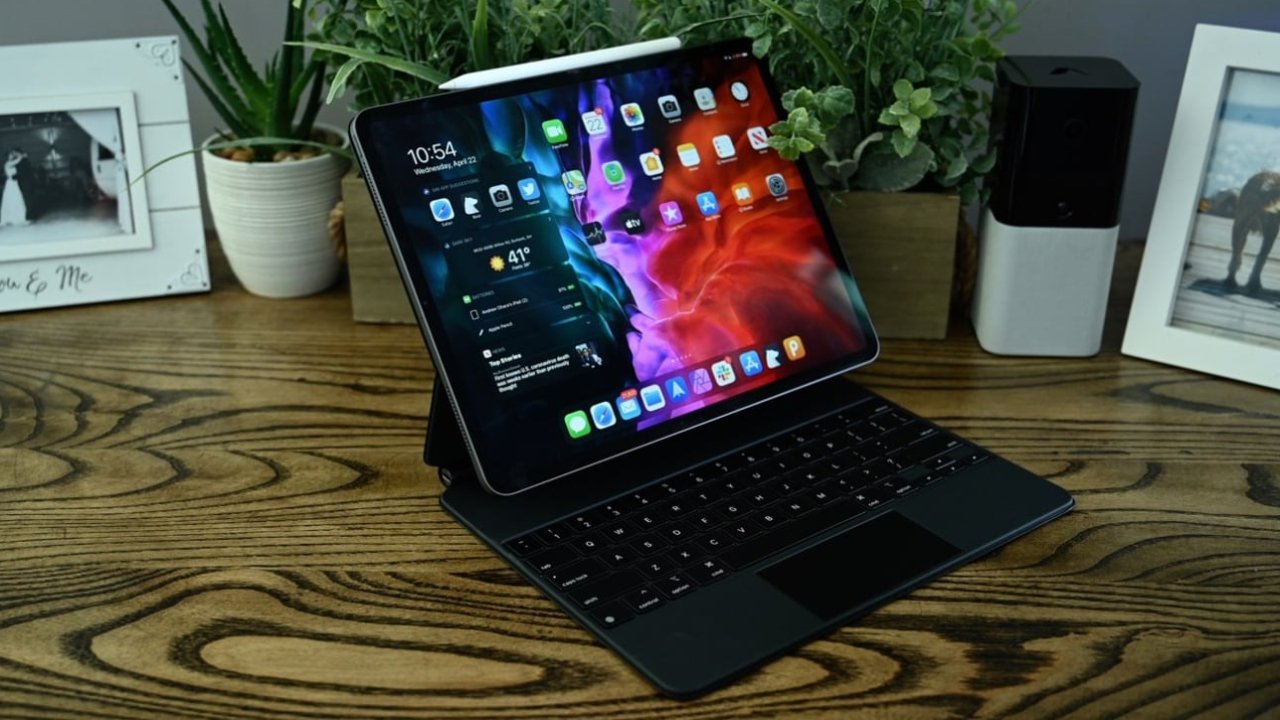
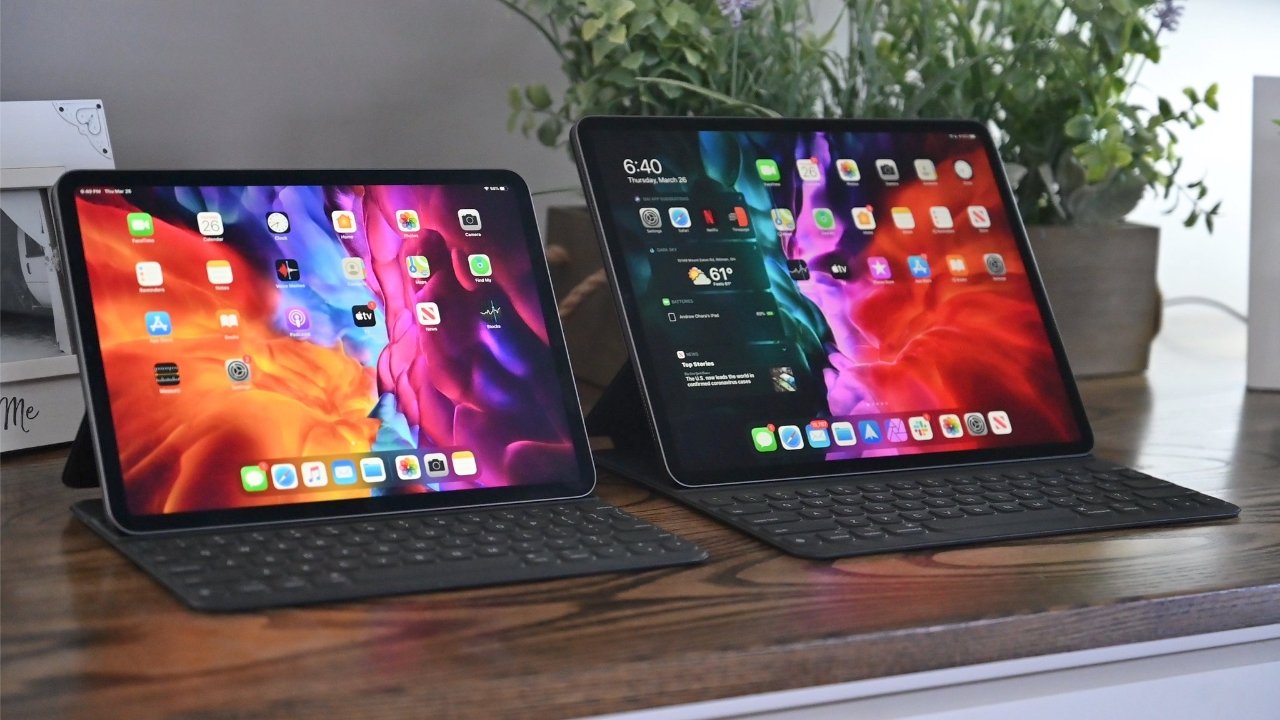
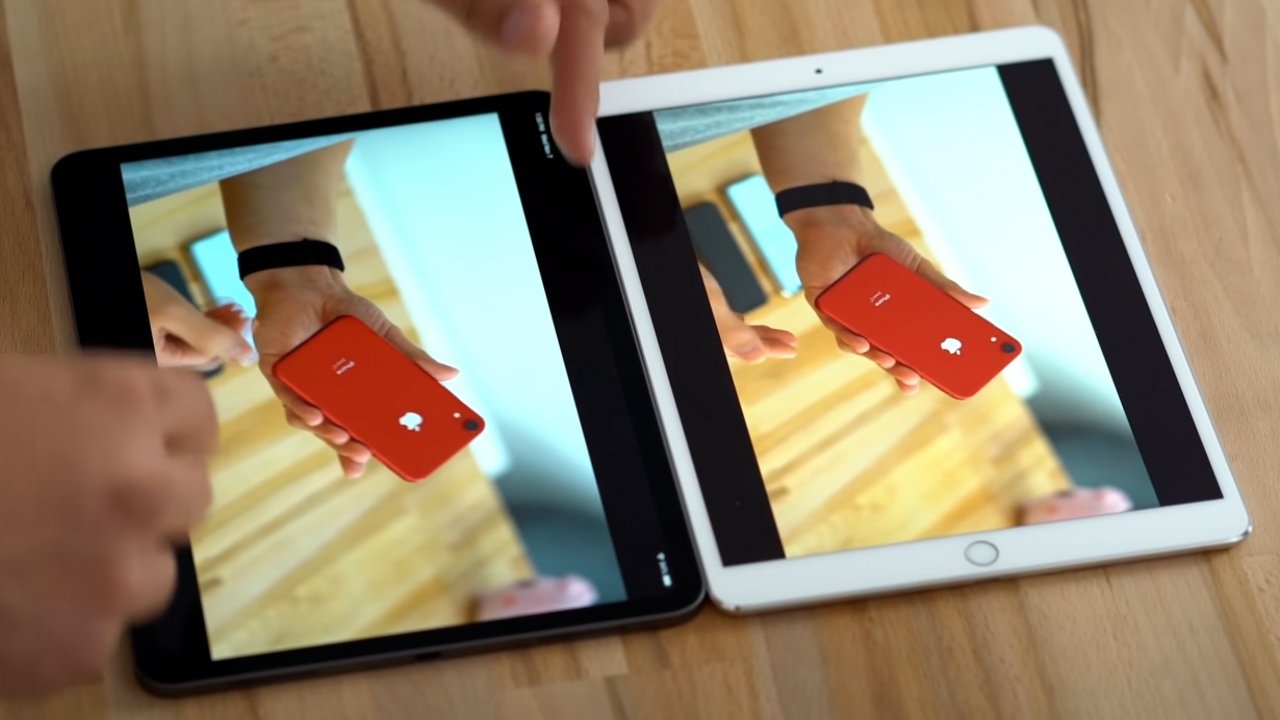
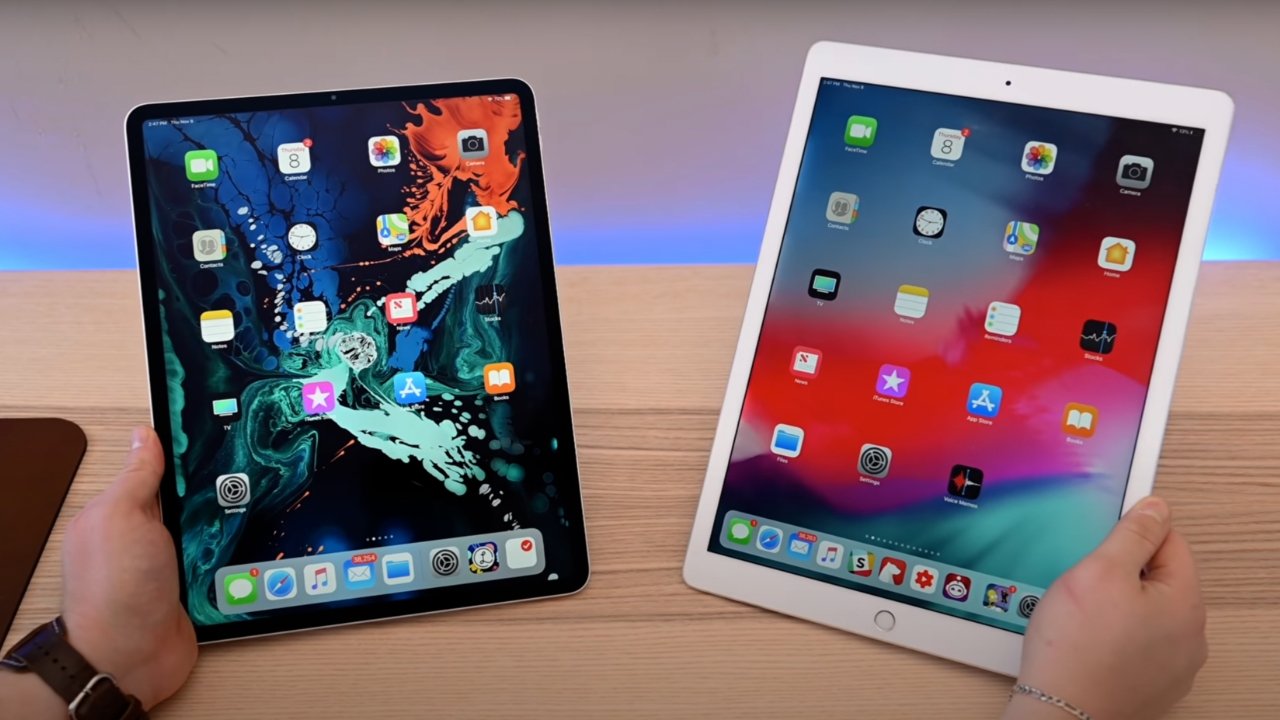
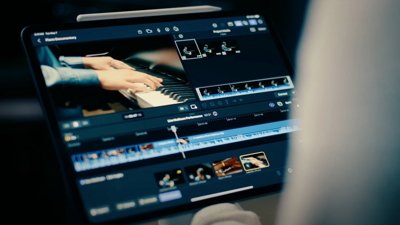
 Malcolm Owen
Malcolm Owen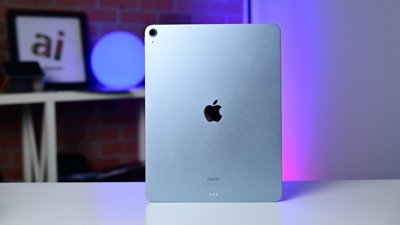
 Andrew Orr
Andrew Orr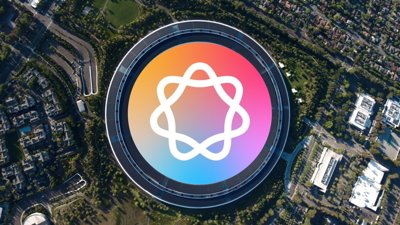
 William Gallagher
William Gallagher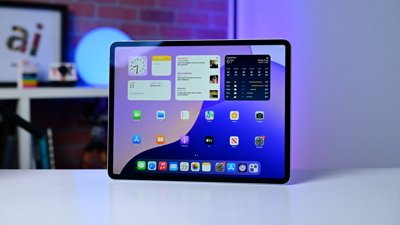
 Andrew O'Hara
Andrew O'Hara
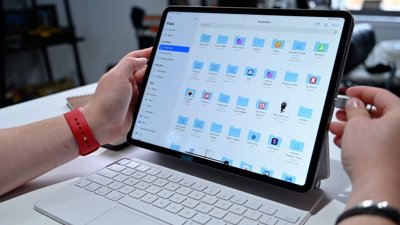

 Stephen Silver
Stephen Silver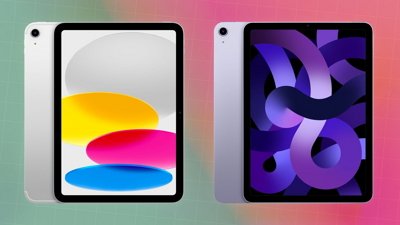
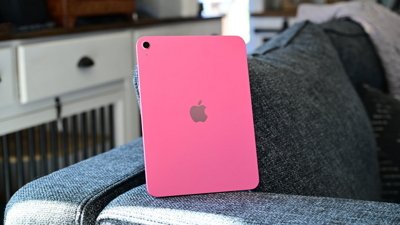
 Mike Wuerthele
Mike Wuerthele
 Amber Neely
Amber Neely